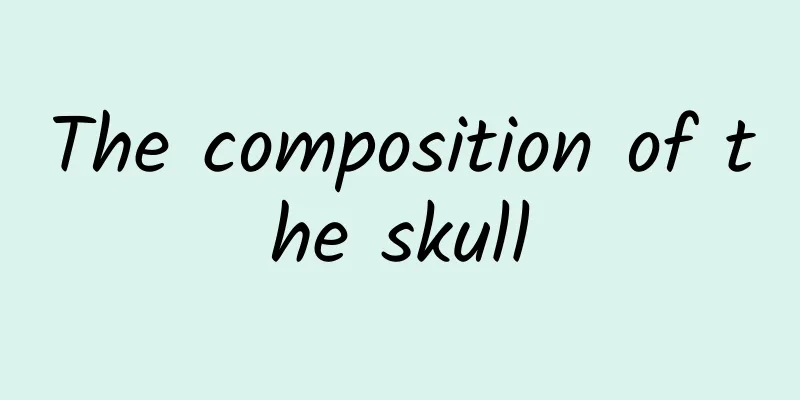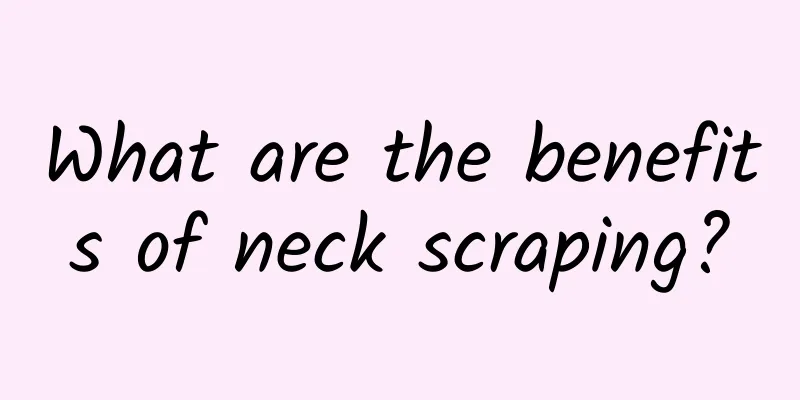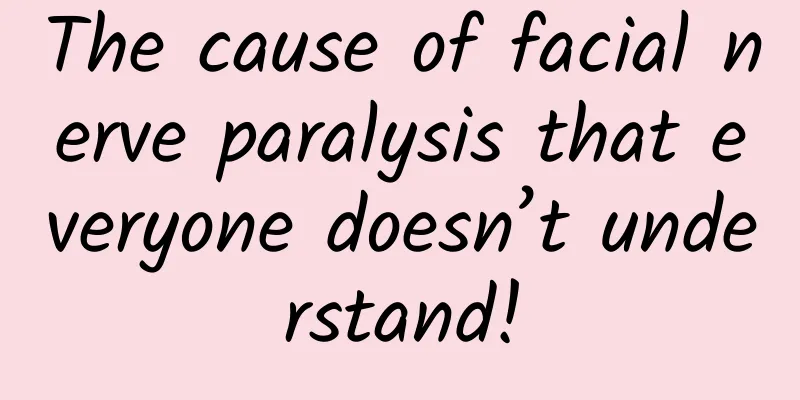The composition of the skull

|
The human brain is a very sophisticated organ. The brain tissue is surrounded by the skull outside, and the internal tissue is very soft. The brain is responsible for all of a person's physiological activities, including the visual center, sensory center, etc. The skull of the brain is a very hard outer shell that protects the soft tissue inside the brain. It is mainly composed of 8 bones, including the temporal bone, parietal bone, frontal bone, ethmoid bone, sphenoid bone and occipital bone. The skull is composed of eight bones, including the paired temporal and parietal bones, and the unpaired frontal, ethmoid, sphenoid, and occipital bones. They enclose the cranial cavity. The top of the cranial cavity is the dome-shaped skull cap, which is composed of the frontal bone, occipital bone and parietal bone. The floor of the cranial cavity is formed by the sphenoid, occipital, temporal, frontal, and ethmoid bones. Only a small part of the ethmoid bone is involved in the brain skull, and the rest constitutes the facial skull. Frontal bone Located in the front and upper part of the skull, it is divided into the frontal, orbital and nasal parts. The frontal squama is shell-shaped, and the cavity between it, the nose, and the orbit is called the frontal sinus; The orbital part is a thin, flat bone plate that extends backward and constitutes the supraorbital wall; the nose is located between the two orbital parts, in the shape of a horseshoe, with the notch being the ethmoid notch. Ethmoid bone Located between the two orbits, in front of the sphenoid body, it constitutes the upper and lateral walls of the nasal cavity. The ethmoid bone is in the shape of a scarf in the coronal plane and is divided into the ethmoid plate, vertical plate and ethmoid labyrinth. The ethmoid plate is a porous horizontal bone plate that forms the roof of the nasal cavity. The bony ridge extending upward from the front part of the plate is called the comb. The vertical plate hangs down from the midline of the ethmoid plate, located in the mid-sagittal position, and forms the upper part of the bony nasal septum. The ethmoid labyrinth is located on both sides of the vertical plate, and the small cavity surrounded by thin bone sheets is called the ethmoid sinus. There are two small curled bones on the medial wall of the labyrinth, the superior turbinate and the middle turbinate. The lateral wall of the labyrinth is extremely thin in bone and constitutes the medial wall of the orbit, called the orbital plate. Sphenoid bone Located in the center of the skull base, it is shaped like a butterfly with its wings spread, and consists of four parts: the sphenoid body, the greater wing, the lesser wing, and the pterygoid process. The sphenoid body is a cubic bone block in the middle part, which contains the sphenoid sinus. The sinus is divided into left and right halves and opens forward into the sphenoethmoid recess. The surface of the body is saddle-shaped, called the sella turcica, and the central depression is the pituitary fossa. The greater wing extends from the body to both sides and is divided into the concave cerebral surface, the anteromedial orbital surface, and the outer and inferior temporal surface. The temporal surface is divided into upper and lower parts by the infratemporal ridge: the upper part is part of the temporal fossa, and the lower part constitutes the top of the infratemporal fossa. From front to back, there are three foramen rotundum, foramen ovale and foramen spinosum at the root of the greater wing, through which nerves and blood vessels pass respectively. The wing is a triangular thin plate that originates from the anterior and superior part of the sphenoid body. It is located above the posterior part of the anterior cranial fossa and below it forms the posterior part of the supraorbital wall. The optic canal is located at the junction of the wing and the body. The fissure between the lesser and greater wing is the superior orbital fissure. The pterygoid process extends downward from the junction of the body and the wing, and is composed of an inner plate and an outer plate. The thin tube that runs through the root in the sagittal direction is called the pterygoid canal, which leads forward into the pterygopalatine fossa. Temporal bone Participates in the formation of the skull base and the side walls of the cranial cavity, and is divided into the squamous part, the tympanic part, and the petrous part with the external auditory meatus as the center: Drum Located behind the mandibular fossa, it is a curved bone piece. Surrounds the external auditory canal from the front, bottom, and back. Iwabe It is in the shape of a triangular pyramid, with the tip pointing forward and inward facing the sphenoid body, and the base connected to the squamous part. The front faces the middle cranial fossa, with an arched bulge in the center. The thinner part on the outside of the bulge is called the tympanic membrane, and there is a smooth trigeminal nerve pressure mark near the tip. There is a hole in the central part of the back, namely the internal auditory meatus, which leads to the internal auditory canal. The bottom is uneven, with the external opening of the carotid canal in the center, leading upward into the carotid canal. This canal first ascends vertically, then bends forward and inward, opening at the petrous apex, which is called the internal opening of the carotid canal. The deep fossa behind the orifice of the carotid canal is the jugular fossa, and the slender bony process on the posterolateral side is the styloid process. Behind the external auditory meatus, the protrusion of the petrous part extending downward is called the mastoid, which contains many cavities called mastoid cells. The small hole behind the root of the styloid process is the stylomastoid foramen. Occipital bone Located at the lower back of the skull. There is a magnum foramen in the front and lower part, through which the occipital bone is divided into four parts. The front is the base, the back is the occipital scales, and the sides are the sides. There is an oval protrusion on the lower side called the occipital condyle, and the articular surface below the condyle is articulated with the superior articular surface of the atlas. Parietal bone Quadrilateral, located in the middle of the skull. |
<<: The principle of taking isotretinoin for acne
>>: It hurts when you press just below your belly button
Recommend
How to adjust your eyesight
Teenagers are in the period of eye development. I...
What are the symptoms of spinal tumors?
Everyone must pay attention to the disease of spi...
What are the allergic symptoms of tetanus shots? What are the adverse reactions?
Tetanus shots are a way for people to prevent wou...
Can stomach problems cause chest tightness? What should I do?
We all know that stomach problems usually present...
What is the treatment for paronychia?
Paronychia usually occurs on the big toe, mainly ...
What are the methods of traditional Chinese medicine for treating hemorrhoids?
Traditional Chinese medicine is also a common met...
Heart itching, irritability, discomfort
I believe everyone has experienced the feeling of...
What to do if your thyroid gland is thickened
The thyroid gland is a tissue located on our chin...
What to do if the femoral head hurts
The femoral head is also a part of the body. When ...
What are the requirements for the color of cupping
Cupping, as a term in traditional Chinese medicin...
What should I do if I have donated 200 blood during my period?
It is strictly forbidden for women to donate bloo...
The role of bear bile powder
Bear bile powder is sold in the market, but the p...
How to make Xiang Shao Dan
One of the more popular foods nowadays is Xiang S...
What are the early symptoms of ringworm?
Tinea corporis is a fungal skin infection. The ea...
What should I do if chronic pharyngitis attacks acutely?
I believe that many friends with chronic pharyngi...









